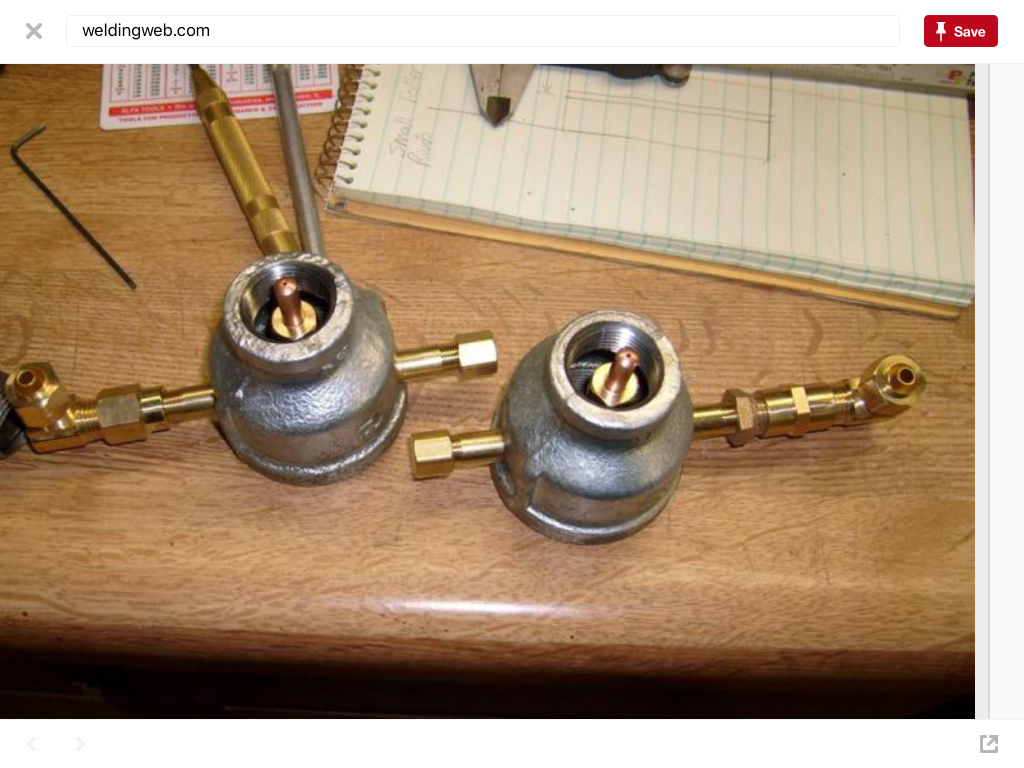Estimating the Cost of Fuel and Utilities in Blacksmithing
Blacksmithing is an ancient craft that has been practiced for centuries. It involves shaping metal using heat and tools, creating intricate and functional pieces that range from horseshoes to decorative ironwork. If you’re considering taking up blacksmithing as a hobby or even as a small business venture, it’s essential to understand the costs involved, especially when it comes to fuel and utilities. In this article, we’ll explore various factors that can affect your expenses in these areas and provide some tips on estimating the cost of fuel and utilities in blacksmithing.
1. Types of Fuel
The type of fuel you choose for your forge will significantly impact your blacksmithing costs. Here are some common options:
a) Coal: Traditional coal-fired forges have long been used by blacksmiths worldwide. Coal provides intense heat, making it ideal for heating metals quickly. However, finding high-quality coal can be challenging in some regions, leading to higher prices or the need for shipping costs.
b) Propane: Propane gas-powered forges offer convenience and ease of use compared to coal-fired ones. They also produce cleaner burning flames without emitting excessive smoke or soot. While propane tanks incur certain ongoing expenses (such as refills), they are readily available throughout most areas.
c) Charcoal: Charcoal is another viable alternative if you prefer a more sustainable option than coal or propane gas. Making charcoal yourself from wood scraps can save money but requires time, effort, and space.
When estimating fuel costs, consider both the initial purchase price per unit (such as bags of coal or propane tanks) and how long each unit will last based on your forging frequency.
2. Forge Efficiency
The efficiency of your forge plays a crucial role in determining how much fuel you consume during each forging session. An inefficient forge not only wastes precious resources but also increases your expenses. Here are some ways to improve forge efficiency:
a) Insulation: Ensuring your forge is well-insulated can help retain heat, reducing the amount of fuel needed to maintain desired temperatures.
b) Proper airflow: An adequate air supply is essential for combustion and efficient fuel consumption. Make sure your forge has proper ventilation and consider using a blower or fan to enhance airflow.
c) Forge design: The design of your forge can impact how efficiently it uses fuel. Research different designs that maximize heat transfer and minimize heat loss.
By optimizing these factors, you can lower your overall fuel consumption, leading to cost savings in the long run.
3. Electricity Consumption
While most blacksmithing processes rely on manual labor and traditional forging techniques, certain tools may require electricity. For example, power hammers, grinders, or plasma cutters all consume electricity during operation. When estimating utility costs for blacksmithing purposes, it’s crucial to account for this additional electrical usage.
To estimate electricity expenses accurately:
a) Identify the wattage rating of each tool you plan to use regularly.
b) Determine the average number of hours you anticipate using each tool per month.
c) Find out the cost per kilowatt-hour (kWh) from your electric bill or local utility provider.
d) Multiply the wattage by the number of hours used and divide by 1,000 (to convert watts to kilowatts).
e) Multiply the result by the cost per kWh to calculate monthly electricity costs for each tool.
f) Sum up all individual costs for an overall estimation of monthly electrical expenses related to blacksmithing activities.
4. Water Usage
Blacksmithing often requires quenching hot metal pieces in water or using water-cooled equipment like slack tubs or quench tanks. While water usage may not be as significant compared to other utilities like fuel or electricity, it’s still important to include this aspect in your overall cost estimation.
To estimate water costs:
a) Determine the average amount of water used per quench or cooling session.
b) Find out the cost per gallon (or other unit of measurement) from your water bill or local utility provider.
c) Multiply the amount of water used per session by the number of sessions and then multiply by the cost per unit to calculate monthly water usage expenses.
5. Miscellaneous Costs
Apart from fuel, utilities, and raw materials, blacksmithing may incur additional miscellaneous costs that should be considered in your estimation. These can include:
a) Maintenance and repair: Regular maintenance and occasional repairs for your forge, tools, or equipment will add to your expenses over time.
b) Safety equipment: Invest in safety gear such as goggles, gloves, aprons, and ventilation systems to ensure a safe working environment. These items may need periodic replacement depending on wear and tear.
c) Training and education: If you’re new to blacksmithing or want to enhance your skills, attending workshops or classes might be necessary. Factor in any associated costs when estimating expenses.
d) Insurance: Depending on how you plan to utilize blacksmithing (hobby vs. small business), insurance coverage may be required for liability protection.
Estimating the total cost
To estimate the total cost of fuel and utilities for blacksmithing:
1. Research current prices for different fuels available in your area.
2. Determine approximate consumption rates based on forging frequency.
3. Calculate electricity usage using wattage ratings and operating hours for electrical tools.
4. Estimate water usage based on average consumption during quenching or cooling processes.
5. Consider miscellaneous costs such as maintenance, safety gear, training/education fees if applicable.
By considering all these factors together comprehensively, you will have a solid foundation for estimating the ongoing expenses related to fuel and utilities while practicing blacksmithing.
It’s important to note that these estimations will vary depending on location, individual forging practices, and market fluctuations. Regularly reviewing and adjusting your cost estimates will help you stay within budget while pursuing this rewarding craft. Happy blacksmithing!


Leave a comment